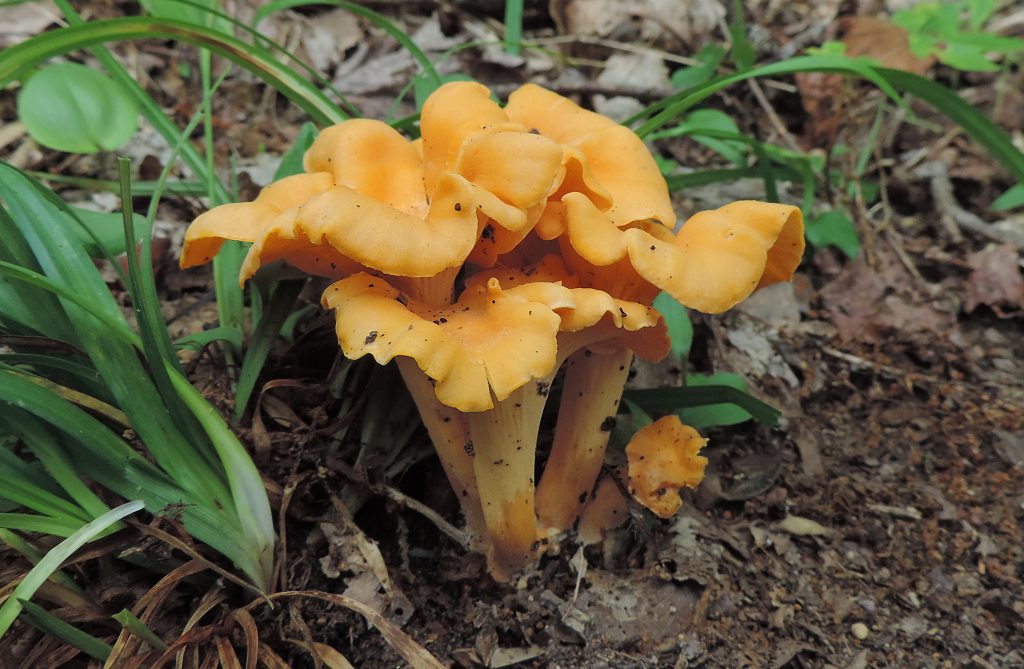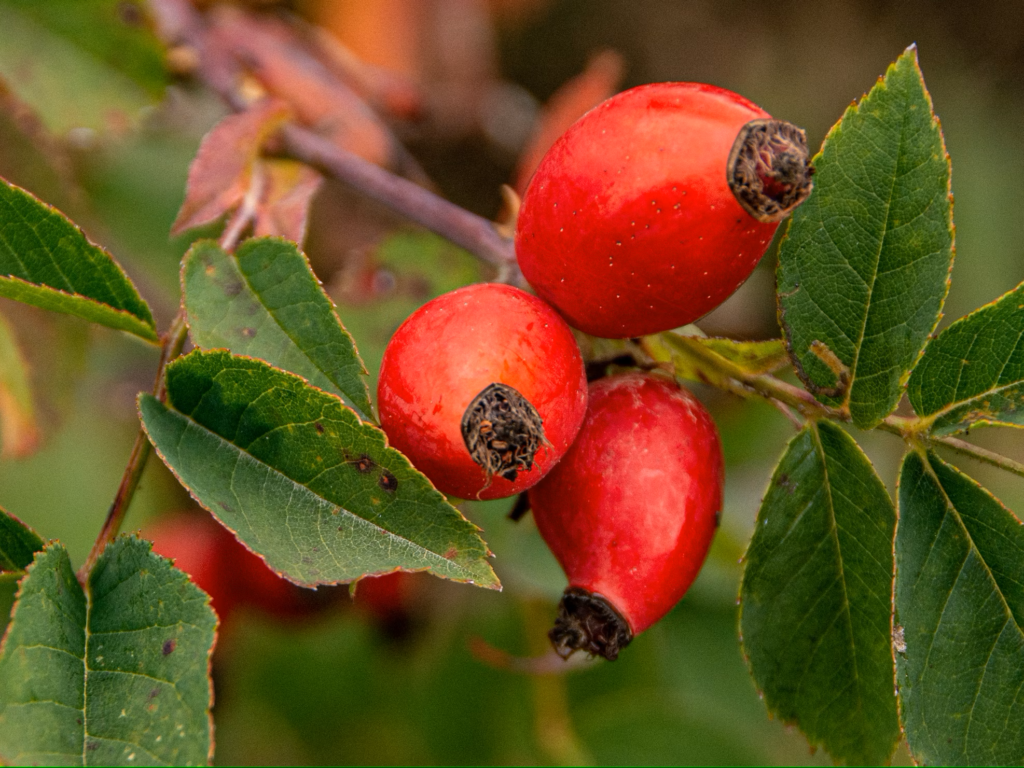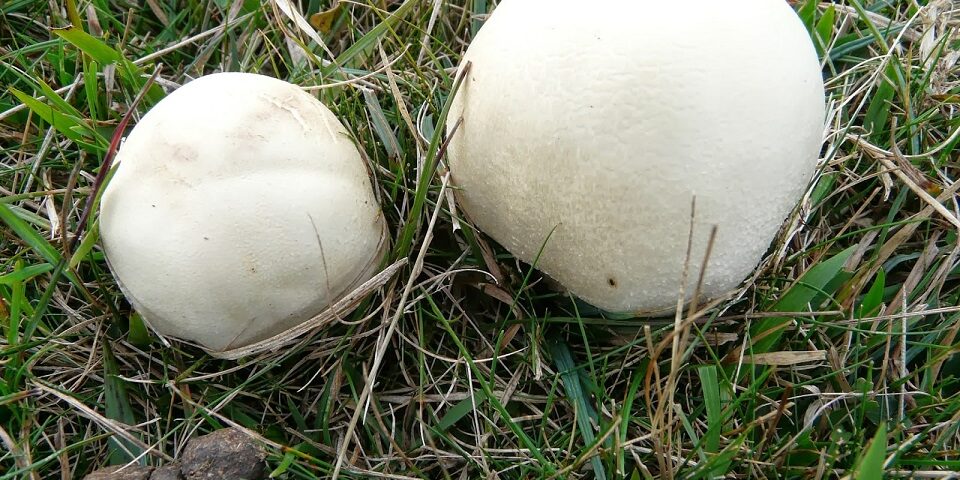Fall brings one of the most exciting times for mushroom hunters, as forests nationwide come alive with some of the best edible wild mushrooms. Here’s my guide to five of my favorite mushrooms to forage each fall, with a bit about where you can find them, what makes them unique, and the best ways to enjoy them in the kitchen.

1. Chanterelles (Cantharellus spp.)
Chanterelles are truly a prize to find. These golden beauties catch your eye immediately with their vibrant color, and I can often smell their faintly fruity aroma before I even see them. It’s a mix of apricots and earth that, once you’re familiar with it, becomes unmistakable.
Identification Tips: Chanterelles have a trumpet or vase-like shape with gills that run down the stem. The gills are more like wrinkles, shallow and forked, which is a key identifier. Be cautious with look-alikes, like the Jack-o’-lantern mushroom, which is toxic and glows faintly in the dark. Unlike Jack-o’-lanterns, chanterelles never have true gills.
Where to Find: I often find chanterelles around hardwood trees, especially oaks and maples. They thrive in damp, mossy areas and are more common after a good rain. You can find them across many U.S. regions, but they seem to be especially abundant in the Pacific Northwest.
How I Use Them: My favorite way to cook chanterelles is to sauté them in butter with a touch of garlic and herbs. They also add an incredible depth of flavor to risottos and creamy pasta sauces. Just remember, they’re best cooked fresh as they don’t store as long as some other mushrooms.
2. Lobster Mushrooms (Hypomyces lactifluorum)
The lobster mushroom is one of nature’s strangest transformations. This mushroom is actually a Russula or Lactarius that’s been parasitized by a mold (Hypomyces lactifluorum), which gives it that unique, reddish-orange color and dense texture. The end result? A firm, meaty mushroom that smells faintly of seafood.
Identification Tips: Lobster mushrooms are usually red-orange with a bumpy, almost crustacean-like appearance. They’re dense, and once you slice them open, you’ll notice a white interior. Make sure they’re fresh; older ones may start to smell off and should be avoided.
Where to Find: I tend to find lobster mushrooms in mixed forests with plenty of leaf litter. They like to grow near conifers and in the rich soils of mature forests, particularly in the Pacific Northwest but also in parts of the Northeast.
How I Use Them: Lobsters have a mild, seafood-like flavor that holds up well to frying or grilling. They’re perfect in stir-fries or tacos, and I love using them as a plant-based meat substitute. Just be sure to cook them thoroughly to bring out their full flavor.
3. Maitake or Hen of the Woods (Grifola frondosa)
Maitake mushrooms, or “Hen of the Woods,” are a special find in the fall. This mushroom grows in large clusters at the base of trees, usually oaks. Their feathery, layered look is both delicate and striking, and they have a rich, earthy taste that’s unmatched.
Identification Tips: Look for large, multi-layered clusters of frilly, gray-brown caps. Maitake mushrooms almost look like a bundle of feathers or a hen nesting at the tree’s base, hence the nickname. The individual fronds should be soft, not brittle or rubbery.
Where to Find: While maitake is most common in the Eastern U.S., it can sometimes be found in other regions with old, mature hardwoods. Look at the base of oaks during late summer through early fall.
How I Use Them: Maitake mushrooms roast beautifully. I like to toss them with olive oil, salt, and pepper, and roast them until the edges are crispy. They’re also fantastic in soups, stews, and stir-fries, where their flavor intensifies.
4. Chicken of the Woods (Laetiporus spp.)
Chicken of the Woods is another fun mushroom to forage because it’s easy to spot and has a flavor that makes it a great meat substitute. Bright orange and yellow, this mushroom has a texture that’s surprisingly similar to chicken, making it popular for plant-based recipes.
Identification Tips: Chicken of the Woods grows in shelf-like layers and has no gills. Its colors are unmistakable—usually a brilliant yellow to orange. Just be sure to harvest fresh specimens, as older ones can become tough.
Where to Find: Chicken of the Woods grows on dead or dying hardwood trees, especially oaks. I’ve found them across many parts of the U.S., from the Southeast to the Midwest, typically after summer rains and well into fall.
How I Use Them: These mushrooms are excellent sautéed, grilled, or even used as a “chicken” substitute in tacos or pasta dishes. They’re best when young and tender, so I like to slice them thinly and cook them with a bit of olive oil, garlic, and herbs.
5. Puffballs (Calvatia gigantea, Lycoperdon spp.)
Puffballs are the first wild mushroom I ever foraged, and they remain a favorite. They’re fun to find because they can range from marble-sized to giant puffballs the size of a soccer ball. They’re white inside when edible, which makes identification easy.
Identification Tips: To identify a puffball, slice it open. It should be pure white inside and have no gills, indicating it’s safe to eat. Avoid any that are yellowing, turning gray, or have internal structures—these may be past their prime or potentially toxic.
Where to Find: Puffballs grow in open areas like fields, meadows, and open woods. I often find them in late summer through fall in grassy areas and sometimes even along trails.
How I Use Them: Puffballs are mild in flavor and great for grilling or frying. I like to slice them into thick rounds, season with salt and pepper, and grill them as a meat substitute in burgers. They also work well in stir-fries when cut into smaller pieces.
Must-Have Foraging Gear
When foraging wild mushrooms, having the right tools can make a big difference in your experience. Here are a few essentials I always bring along:
- Mushroom Foraging Knife
A folding knife with a brush is perfect for safely cutting mushrooms and gently cleaning them right on the spot. Check it out on Amazon. - Field Guide to Wild Mushrooms of North America
Having a field guide with photos and descriptions helps me double-check identifications in the field. Get your guide here. - Foraging Basket with Strap
A woven basket keeps mushrooms fresh without crushing them. Plus, it lets spores drop back into the forest as I walk. Grab yours here.
Safety Tips for Mushroom Foraging
Foraging for wild mushrooms is both rewarding and risky if you’re not careful. Always double-check your identifications and, when in doubt, consult a reliable field guide or an experienced forager. Remember that some mushrooms have toxic look-alikes, so make sure you’re 100% confident before consuming any wild mushrooms.
Enjoy the Hunt! Fall is one of the best times to explore the forest and discover nature’s edible treasures. Happy foraging and let me know what you find in the comments below!
Check out our article on foraging Rosehips, another fall/winter favorite!

As an Amazon Associate, I earn from qualifying purchases. This means that if you click on an Amazon affiliate link on this site and make a purchase, I may earn a commission at no additional cost to you. All product recommendations and reviews are my own, based on personal experience and research. Your support helps keep this site running, and I greatly appreciate it.
Foraging for wild edibles like chickweed (Stellaria media) can be a rewarding and enjoyable experience, but it is essential to approach it with caution. Always positively identify any plant before consuming it, as some plants can be toxic or harmful. Consult reliable field guides or experts in wild foraging if you’re uncertain about a plant’s identity. Additionally, be mindful of your local environment and foraging regulations. Only harvest plants from areas that are free from pesticides or pollutants, and be respectful of nature by not overharvesting. If you have allergies or health concerns, please consult a healthcare professional before trying new wild edibles. Enjoy your foraging adventures responsibly!
